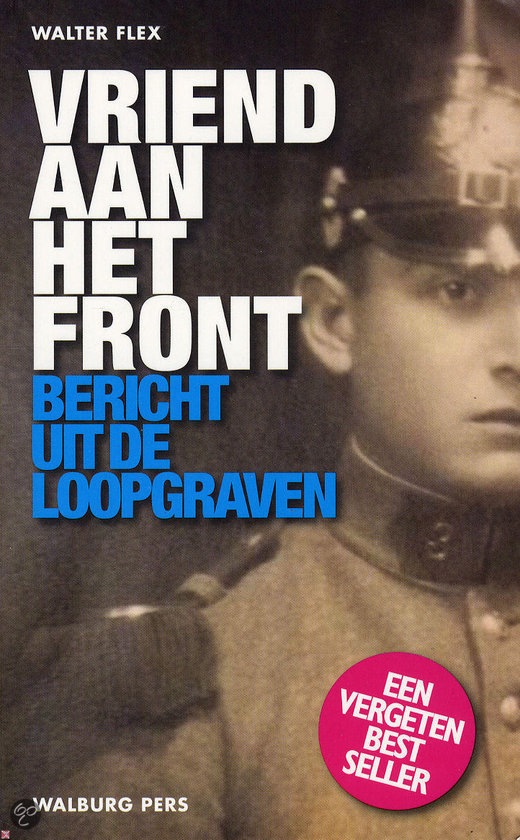The eight centuries of reluctant cohabitation by Christians, Jews and Muslims on the Iberian peninsula have acquired new relevance in an age of mass migration of Muslims into 'Christian' Western Europe. For some the level of harmony which was acquired can be taken as an indicator of our future ability to live together.
Luc Corly's De Spaanse conquista en
reconquista 711-1492 tries to tackle this complex and tricky subject, in itself a brave thing. In my opinion, Corluy writes a pretty robust political and military history of the period, but falls short in providing lessons for the present and future.
One of the
advantages of going to Antwerp in January was visiting a Belgian bookstore, which is different from
going to a Dutch one, not least in the availability of books by Belgians (cultural imperialism means you find lots of Dutch books in Belgium but fewer Belgian books in the Netherlands). This book was advertised as the first account of the Muslim
presence in Spain in the
Dutch language and I bought this book in the knowledge that I would be visiting
Andalusia in May.
Corluy
describes the general political and military history of the peninsula, despite
his insistence in the introduction that he wants to offer a broader picture.
I’d say that over three quarters of his book still focus on this narrow topic. There
is some explanation of the social order, and there are interesting side stories
on the Celtic church and monastic orders. But there is no sense of the economic
history, only a hint on the demographic trends and very little on how
Christians, Jews and Muslims actually lived together or even apart.
Personally,
I love military history and I easily waded through war upon war upon invasion
upon revolt. It’s given me one brilliant setting for a megagame (the fall of Toledo and the Almoravid
invasion around 1085. Yes, this is also the period of El Cid) and provided a
nice background to my visits to Ronda and Malaga.
But the lack of social and economic context provides a problem for the
conclusions he draws in the final two chapters.
 |
| Okay, I bought one book in Spain, a historical atlas. This is the situation in 1086 |
Corluy
shows convincingly that the cohabitation of the three religions in Spain was no
multicultural paradise. Whether the Christians or Muslims were in charge, the
minorities were always treated a second or third rate people (see appendix). The quick
expulsion of Muslims and Jews after 1492 shows that how fragile even that
tolerance was.
But at
least during the 800 years before that, forced conversion or expulsion were the
exception, not the rule. And if there wasn’t a harmonious convivencia, at least Christian and Muslim leaders co-operated
against their co-religionists when it suited them politically. Also, when
Christian and Muslim leaders felt it was useful (and they weren’t restricted by
more fanatical co-religionists) they allowed greater freedoms to their
minorities.
The Jews
were obviously better off under Muslim rule. Biblically inspired anti-Semitism
reappeared every once in a while in the Christian territories and especially in
the 14th and 15th centuries. But Jews were in a sense indispensible
as intermediaries between rulers and other minorities.
Regrettably,
there is no comparison to the rest of ‘Christendom’ or ‘Islam’. Was life for
religious minorities any better there than in Spain? Did the French treat the
Albigensian heretics better than the Muslims were treated in Christian Spain?
Was the dhimmi system in Spain
tougher or more tolerable than in the Balkans or North
Africa?
Surprisingly, for a
supposedly scholarly work there is no source material included and no reference
to literature in Arabic. This weakness is most evident in the last chapter, which
is meant to wrap up the discussion about the possibility for Christians, Jews
and Muslims to live together harmoniously.
Although I
don´t dispute the quotes showing Muslim arrogance and sense of superiority
(Christian mostly had the same attitude towards the Muslims), it is more than
worrying that his main source is Bernard Lewis, without any opposing voice.
Likewise, can the discussion between Spanish scholars on the islamic influence
on Spanish culture be seen without any reference to the ultra/catholic
tendencies of the Franco regime?
I fail to
see the lust for plunder of the Muslims in Spain as excessive, as Corluy
claims. There were times of increased importance of religion as a legitimation
of warfare, under Al-Mansur and the Almoravids and Almohades. In the first case
religious fervour was a way to compensate for the lack of legitimacy of
Al-Mansur’s regime, and in the latter two cases it was inherent in the
movements. But likewise the Castilians had their linea dura shortly after the
capture of Toledo. The
religious absolutism on both sides was more a sign of the premodern world view than with inherent aspects of those religions.
Lessons for the future?
Finally, I think that it is difficult to draw too many lessons from the past for the present. The Islam of today is not the same as that of five centuries ago, just like Christianity has changed. Also, the Muslims of today have not come as a small, conquering elite, but as a mass of powerless and uneducated immigrants.
Western society has much greater influence on their values now than it had in the age of reconquista: education, work, mass media and systems of political representation are very powerful means of socialisation. Even though small miniorities of Muslims might reject western society, many more accept it in broad lines. Even many orthodox slowly come to accept western concepts of individual liberty.
The main argument of Islamophobes (as opposed to people critical of current manifestations of Islam, for which there is ground enough) is that Islam is in some way unchanged and unchangeably aggressive and intolerant of other religions. The history of Islam shows that there is such a diversity of experiences there that
belies that argument. Just as the Crusades, inquisition, pogroms, savage wars of religion are matched by charity, lay devotion, truce of god etc. And that is even before Christianity is transformed (I'd almost say domesticated) by humanism and enlightenment and subjected to higher standards of humanity as it is today..
On the one hand mass immigration of Muslims into Western Europe is a thrilling opportunity to set an example of how different religions can live peacefully together, without one being subjected to the other. On the other hand, it could still go wrong. But the first step to success is to admit that Islam is
able to change
(like any other monotheist religion).
I hope this incites some of you to comment!
Appendix:On the social make up of conquista Spain
It is
helpful to have an idea of the main groups in the population of Spain at this
time, because there's more to it than just three religious groups. The small ruling class in Muslim Spain descended from the Syrian and Arab
invaders of the early 8th century. The North African Berbers had
also played an important role in the conquest of Spain but had been forcibly kept from
political power by the Arabs. They formed a group separate from the other Muslims and
Christians.
There was a considerable Jewish population in both Christian and Muslim territories. They could occassionally rise to important positions in Muslim administrations, but tended to remain marginalised in Christian states. Their lives seem to have been better
generally
in Muslim territories under the dhimmi system than in Christian areas.
The mass of
Christian population worked the land in a servile state (which originated in
the Roman/Visigoth age) with a small urban proletariat. In Muslim territories they retained the right to worship in their own way, but they were required to pay higher taxes under the dhimmi system and their rights were easily infringed upon when it seemed opportune. In the Christian territories at least they had more freedom to worship (within the restrictions of the church!) and a lower tax burden.
There must have been a Christian middle class of some sort, even tough small.
Below them was the
class slaves. In Muslim territories these were Christians and heathen, often captured from the Christian territories
in the North or brought from Africa. In the Christian territories the slaves were captured Muslims.



































